Celebrating women in science at ANU
To celebrate International Day of Women and Girls in Science, we’re taking a look at some of the amazing work underway at the ANU College of Science and Medicine.
Whether it’s fighting antibiotic resistance or fighting fires from space, these women (and many more!) are shaping how we understand the world around us and how we can build a better future.
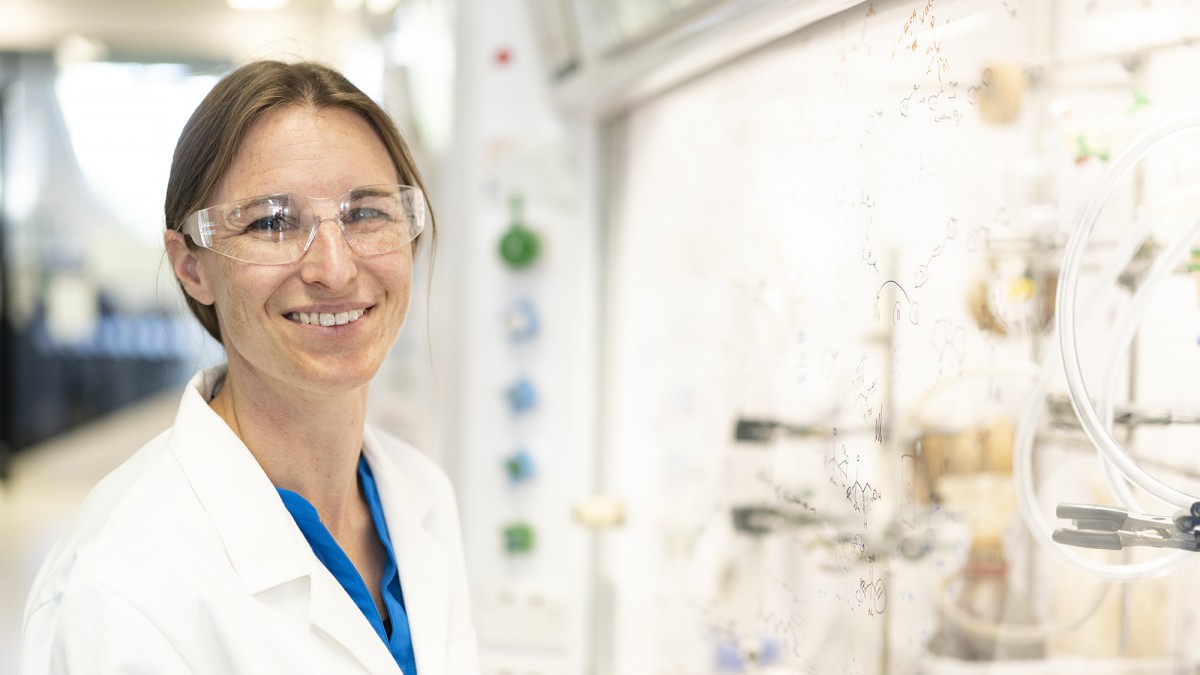
Fighting antibiotic resistance takes guts
If you want to fight antibiotic resistance, you don’t have to know how to build a Death Star out of Lego, but it does help.
“When I was a kid, I really enjoyed building things with Lego,” says ANU chemist Dr Lara Malins.
“But I never wanted to build what was on the box.”
Dr Malins is now executing her Lego skills at the ANU Research School of Chemistry, where she pulls apart complex molecules and puts them back together again in new ways.

A ribbeting story: how a frog-loving maths-hater became a mathematician
Dr Xia Hua, who recently won a prestigious Eureka Prize for her mathematics research, used to hate maths. What she really loved was frogs. Which is lucky, because it’s the frogs that helped to get her here.
She took that interest with her all the way through to her PhD in biology, developing a proposal which would allow her to get into the field to pursue both research and frogs. But she soon discovered there was something standing between her and her dream: maths.
“I found out that without maths, I couldn’t solve the biology problems I wanted to solve for my thesis.”

Meet the PhD researcher solving a very big (but very small) molecule mystery
“This is wild,” says Tharika Liyanage talking about cheilanthanes. And the thing is, you can’t help but agree – even if you don’t know what cheilanthanes are.
“I find it so exciting,” she says, and immediately, so do you. “It’s about finding a missing piece to the puzzle of how life emerged on Earth.”
That puzzle piece is: who made cheilanthanes? Whether it’s at field sites in the Swiss Alps, or in the lab at the ANU Research School of Earth Sciences, this is what Tharika’s soul burns to know. It’s a big question, about something very, very small.

Twinkle, twinkle, little star, how wonderfully artificial you are
Dr Noelia Martinez Rey has one of the best jobs in our corner of the galaxy: she creates artificial stars in space using lasers.
“When you see a star twinkle, that twinkle is created by turbulence in our atmosphere,” explains Dr Martinez Rey.
The twinkling effect of atmospheric turbulence can make for a magnificent night sky. But to astronomers, it makes it harder to capture non-blurry images from space.
To correct for this turbulence, Dr Martinez Rey uses a powerful laser to make an artificial star appear near the object she is trying to look at with the telescope.
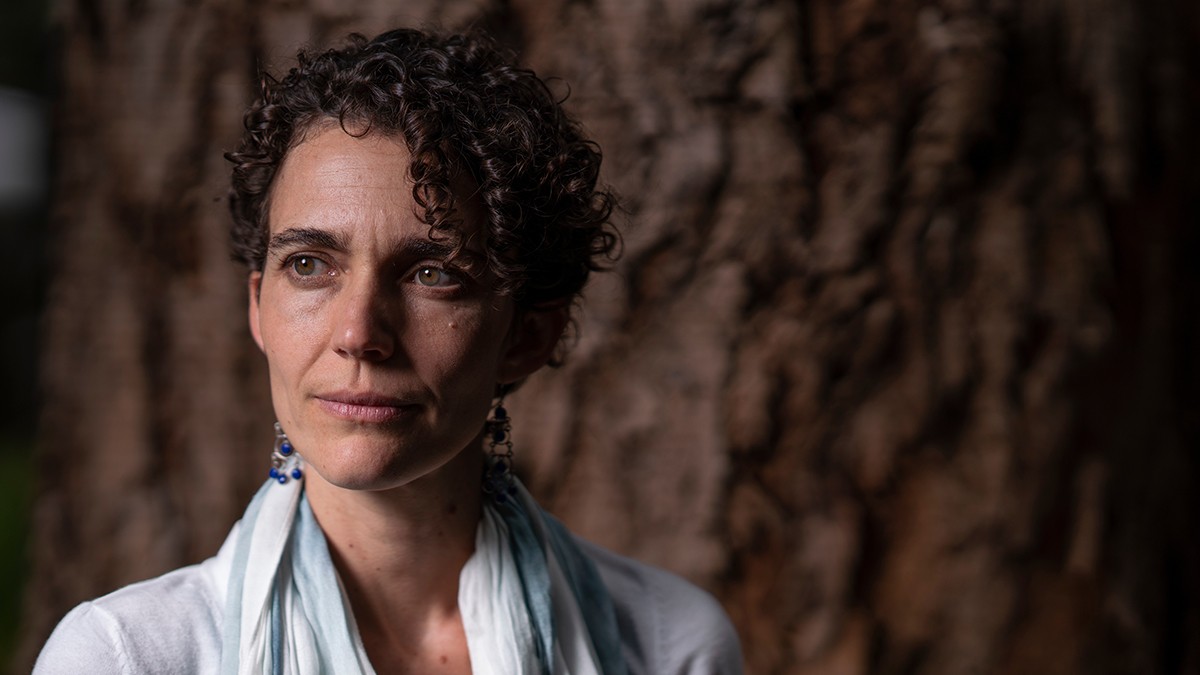
Fighting future fires
As fires swept through Namadgi National Park in 2020, Associate Professor Marta Yebra assisted fire managers to predict the fires’ movement.
Now she is creating data models that will help provide more accurate information in future bushfire emergencies.
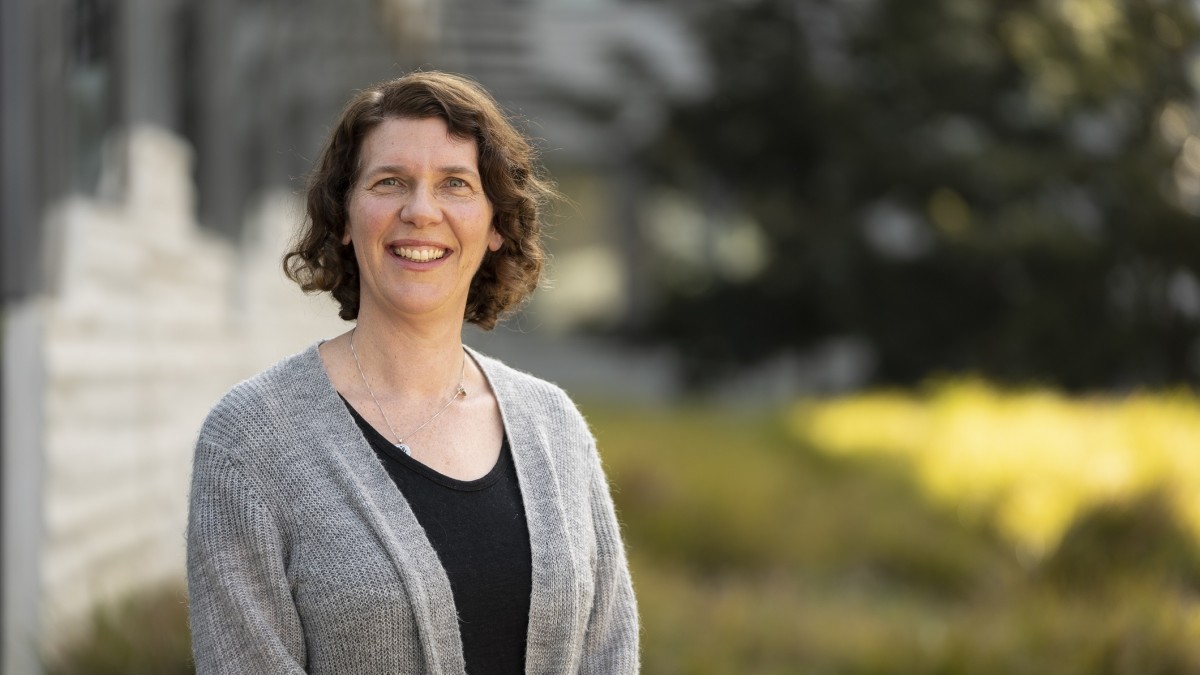
Move over magpies: are cuckoos the meanest bird?
“It is terribly hard to watch what a cuckoo does,” Professor Naomi Langmore says. “But I wouldn't call them mean.”
Professor Langmore is an evolutionary ecologist at the ANU Research School of Biology, and a cuckoo apologist – sorry, cuckoo expert. I ask her to explain how it could possibly be that the cuckoo doesn’t mean to be mean, when it sure looks like it does.
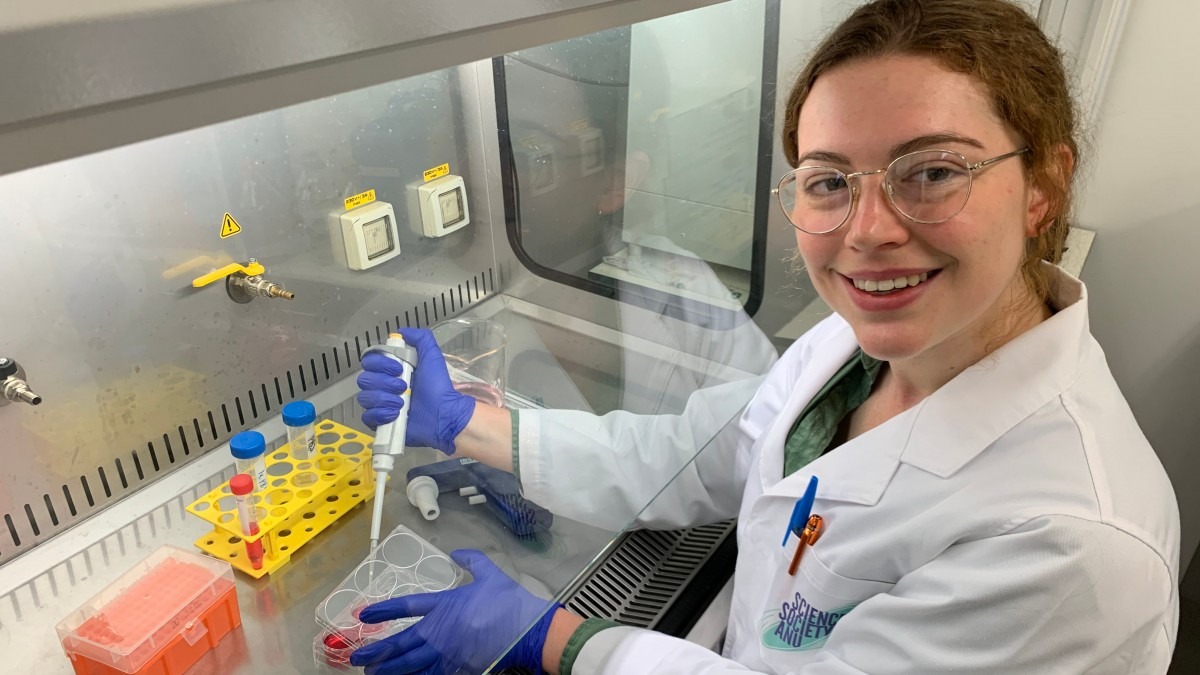
Changing the steaks: how 'alternative fats' are shaping the future of food
Fats play a critical role in our enjoyment of food: think juicy burgers and chips, steaks and schnitzels, butter and cream.
But can you replicate that experience while avoiding animal products?
That’s the challenge ANU science graduate Ruth Purcell was working to solve in her role as a synthetic biology scientist at Nourish Ingredients, a cellular agriculture start-up based out of the ANU Research School of Chemistry.
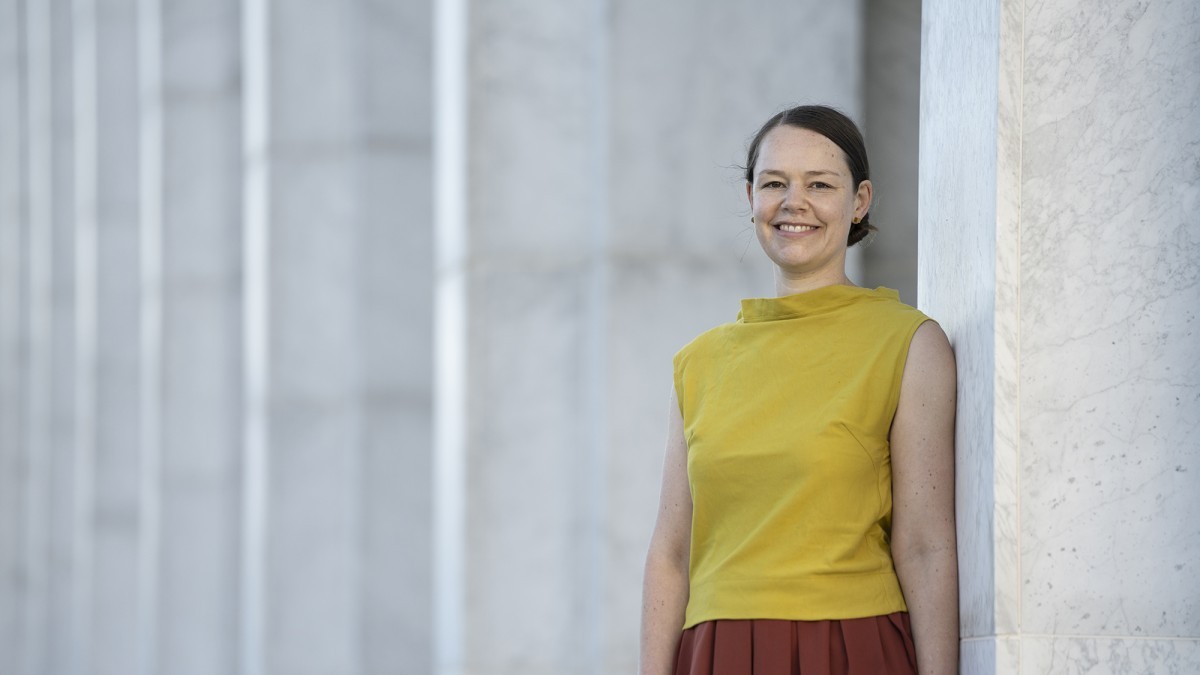
How applied mathematics planted artist Bettina Hill on cloud nine
When Bettina Hill arrived at the first lecture of her Bachelor of Science (Advanced) degree at ANU, she hit a major stumbling block.
“I thought, oh no, I’ve forgotten everything,” she recalls. “It was such a long time since I’d done any maths.”
From first graduating ANU in 2007 with a Bachelor of Arts (Visual) (Honours) degree, to starting a new job with the Bureau of Meteorology in 2021, Bettina’s career journey is slightly unconventional.
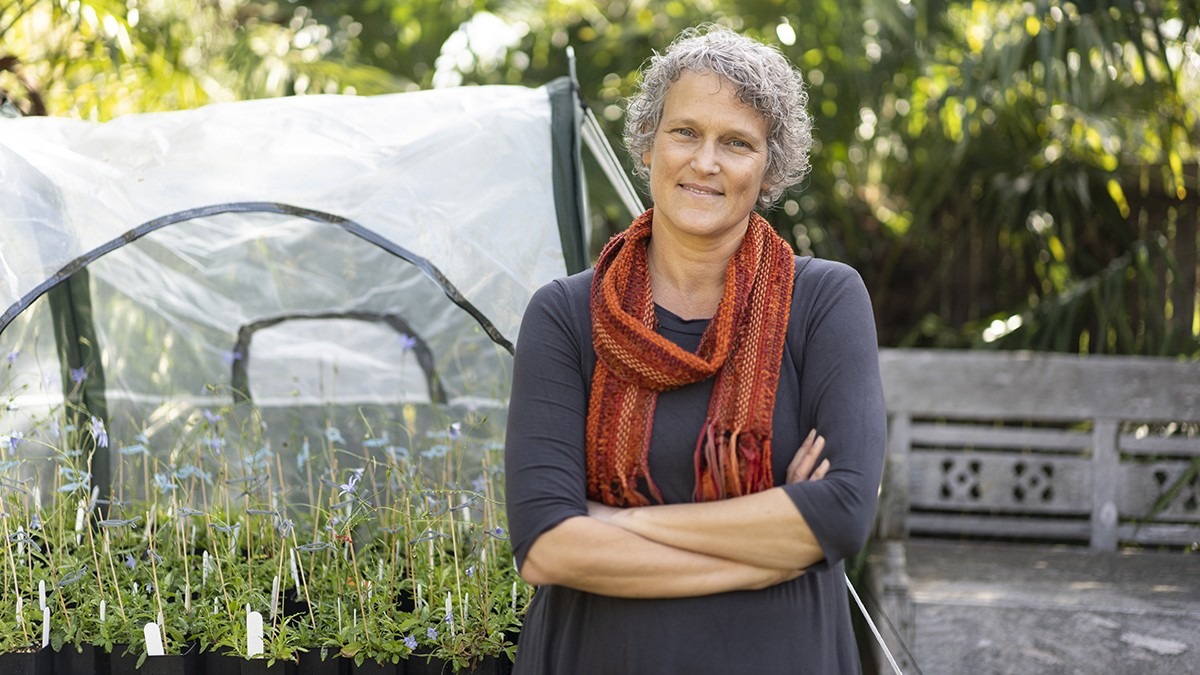
Climate change in the Australian Alps
First bushfires cut off access to her field sites. Then a hailstorm destroyed glasshouses containing her experiments. Soon after that, the pandemic hit.
After a year marked by unexpected challenges we asked Professor Adrienne Nicotra what she learned from 2020.

PhD researcher Jess Hargreaves next to a coral core.
Getting to the core of climate history
Jess Hargreaves, a PhD researcher at the ANU Research School of Earth Sciences, digs out coral skeletons to understand how rainfall patterns in the South-East Indian Ocean region have changed over time.
“From the coral cores, we can work out past rainfall and past sea surface temperature records over the last 200 to 400 years,” says Jess. “That tells me how rainfall has changed in that region and what that means for Australian rainfall in the future.”
